When it comes to achieving precision and stability in metal cutting, both the Rotary Angle Horizontal Metal Band Sawing Machine and the Horizontal Metal Cutting Band Sawing Machine are valued for their well-engineered structures and versatile functions. These machines are designed to meet a variety of industrial needs—from straight-line cutting to complex angular operations—making them suitable for manufacturers dealing with diverse material shapes and sizes. Understanding the specific advantages of their design can help operators select the right machine setup and achieve greater efficiency during operation.
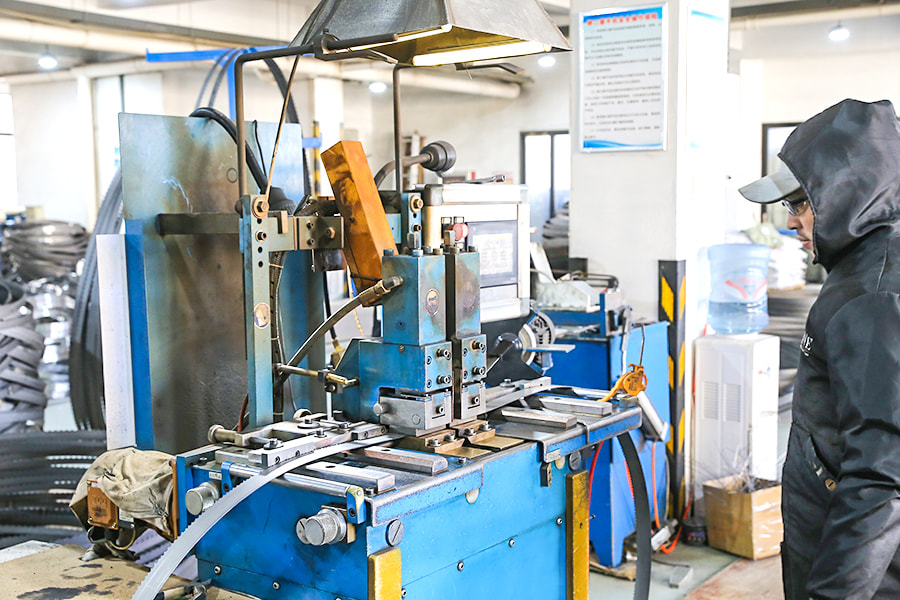
Stability Through Horizontal Configuration
The horizontal frame also supports the material more effectively during cutting, reducing the chance of movement or misalignment. This stability is especially useful when working with heavy or long metal pieces. The reduced vibration not only improves accuracy but also prolongs the lifespan of the blade and machine components by decreasing wear over time.
Flexible Rotary Angle for Complex Cuts
The rotary angle function distinguishes this machine from standard saws. It enables operators to adjust the cutting angle easily, allowing for bevel cuts or complex shapes without repositioning the workpiece. This flexibility saves time during setup and helps maintain consistent precision across multiple cuts.
By rotating the saw frame rather than the material, users can perform angled cuts more efficiently. This feature is particularly valuable in applications where parts need to fit together at specific angles, such as in structural assemblies, frames, or customized machinery components. The ability to achieve accurate angular cuts without additional fixtures or repositioning simplifies workflow and reduces material waste.
Controlled Cutting Speed for Material Adaptation
Both rotary angle and horizontal metal band sawing machines include variable speed adjustment systems that allow the operator to control the cutting speed according to material type. Harder metals require slower speeds to prevent blade overheating, while softer materials can be cut at faster rates.
This variable speed function offers flexibility in handling different metals like carbon steel, stainless steel, and aluminum. The ability to fine-tune these settings also contributes to longer blade life and lower operating costs, as fewer blade replacements are needed.
Enhanced Cutting Precision and Surface Quality
The precision of a metal band saw depends heavily on its alignment, blade tension, and feed rate. The rotary angle horizontal design incorporates a stable guiding system that keeps the blade aligned even during extended operations.
Moreover, the combination of controlled feed pressure and consistent blade movement results in smooth, burr-free surfaces. This reduces the need for secondary finishing operations, which can save both time and resources. For workshops where accuracy is a daily requirement, maintaining the saw’s alignment and calibration plays a key role in achieving repeatable and consistent results.
Simplified Operation and Ergonomic Design
Ease of operation is another factor that contributes to the efficiency of the rotary angle horizontal saw. The machine layout is designed for intuitive control, allowing operators to make precise adjustments with minimal effort. Clear angle indicators, adjustable clamps, and hydraulic feed systems make it straightforward to position materials correctly and monitor progress during cutting.
The ergonomic design also reduces operator fatigue. With features like accessible control panels, stable work surfaces, and smooth hydraulic operation, users can maintain better focus on accuracy and process management rather than manual adjustments. This setup is especially beneficial in production environments where long hours of continuous cutting are required.
Durability and Cost Efficiency
The durability of the rotary angle horizontal band saw is supported by its use of wear-resistant saw blades and reinforced structural components. These machines are built to withstand extended operation under demanding conditions. The robust construction reduces the need for frequent maintenance and helps maintain consistent performance over time.
Furthermore, the efficiency of the sawing process directly translates into cost savings. Over time, these advantages make the machine a practical choice for both small-scale fabricators and larger industrial users seeking dependable output with controlled costs.



 english
english Русский
Русский Español
Español Русский
Русский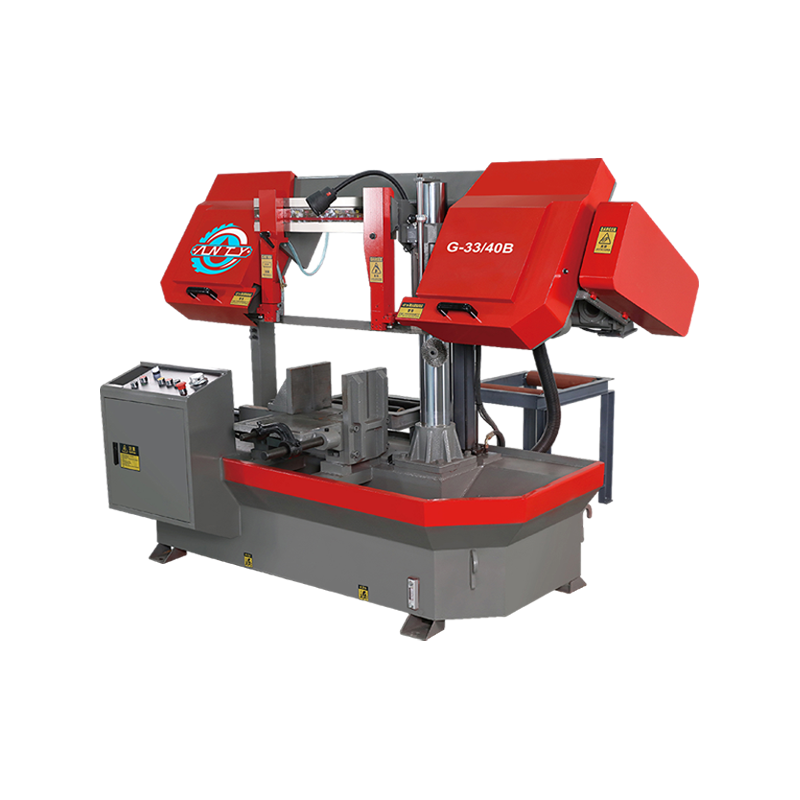
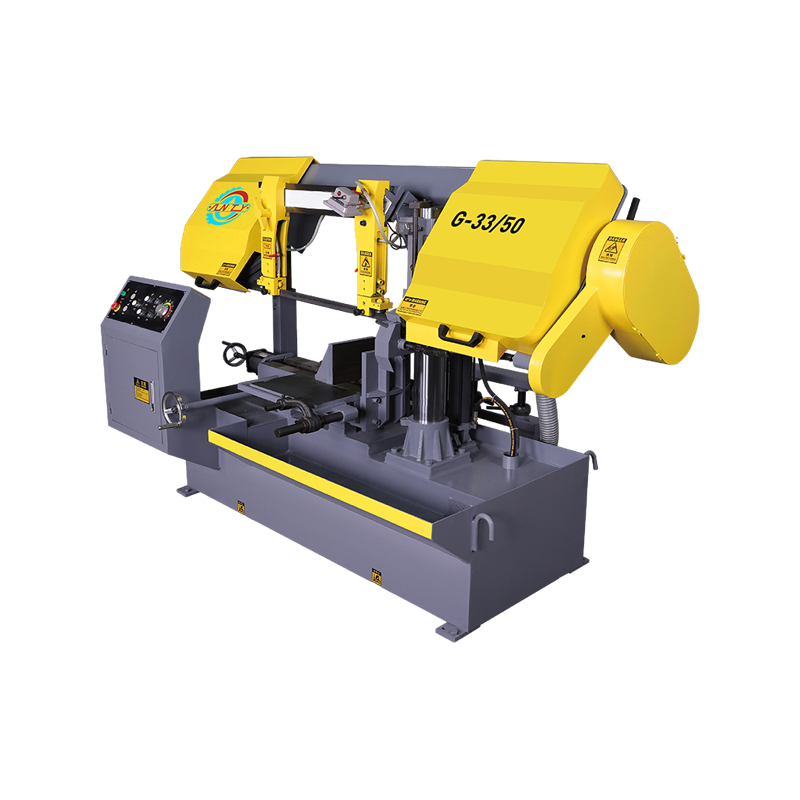

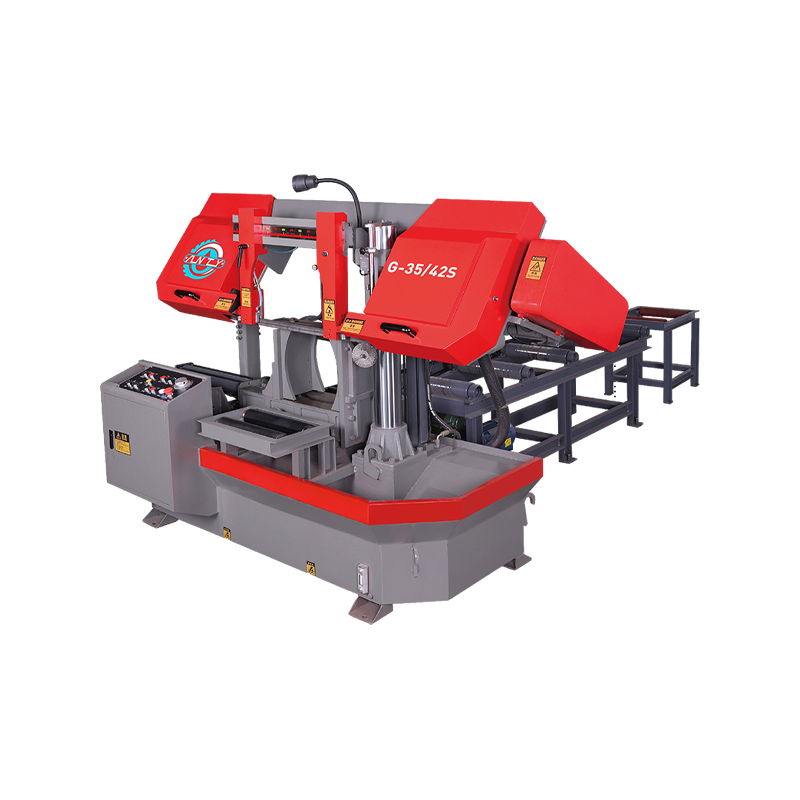

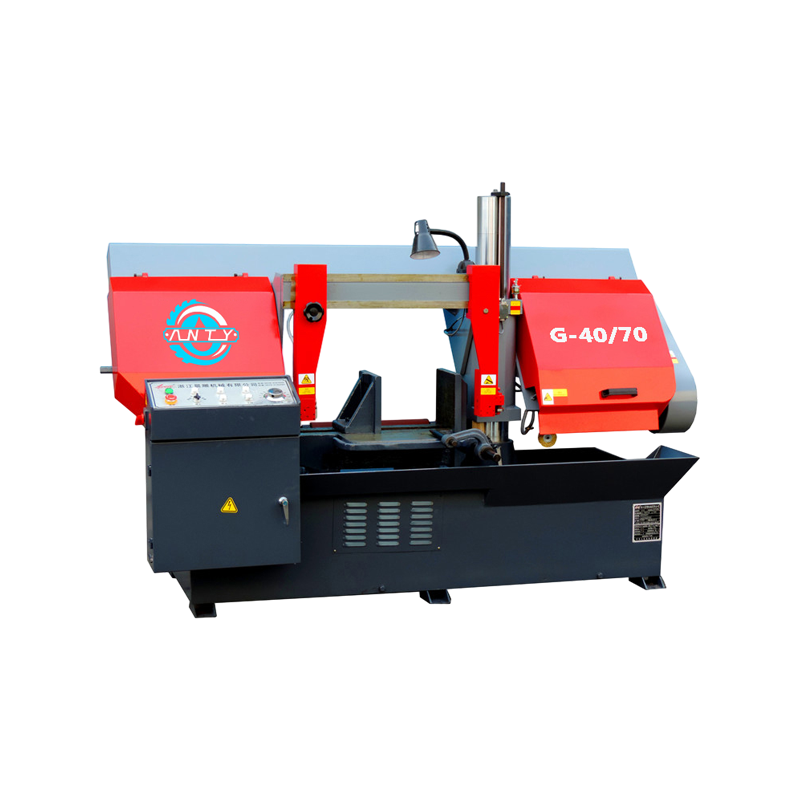

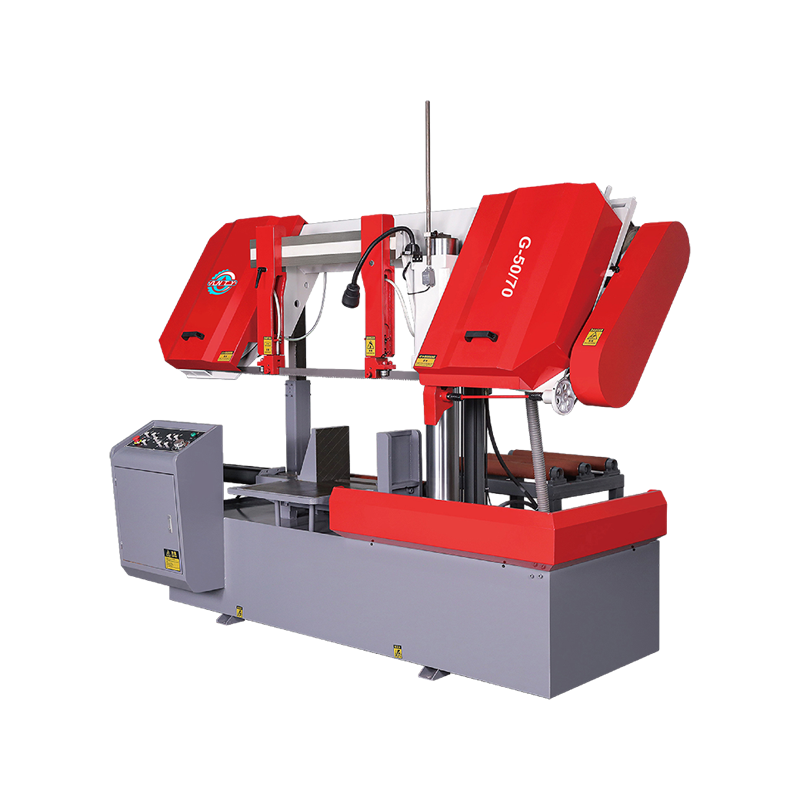
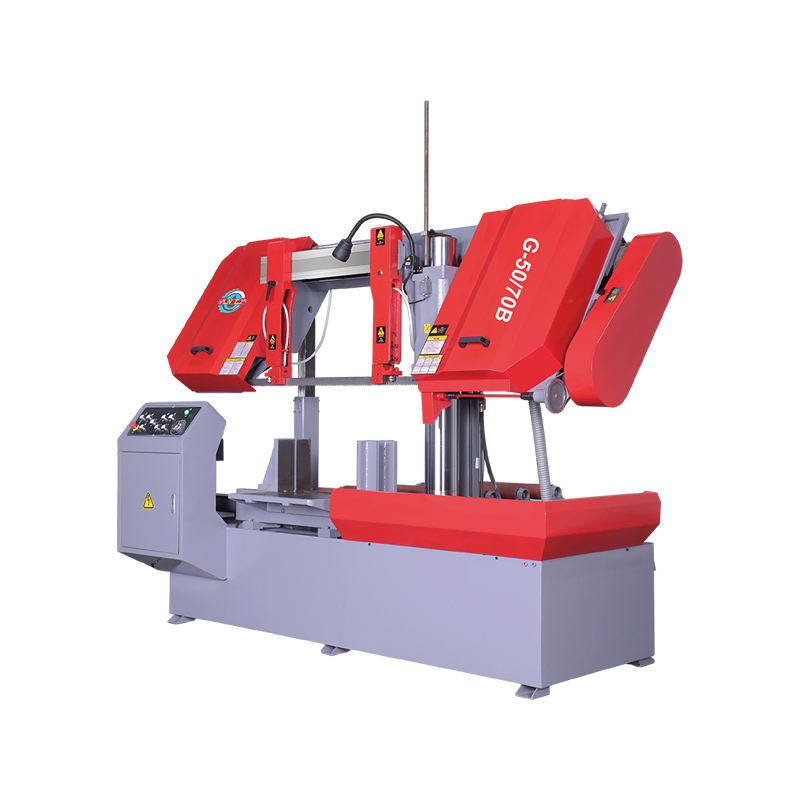
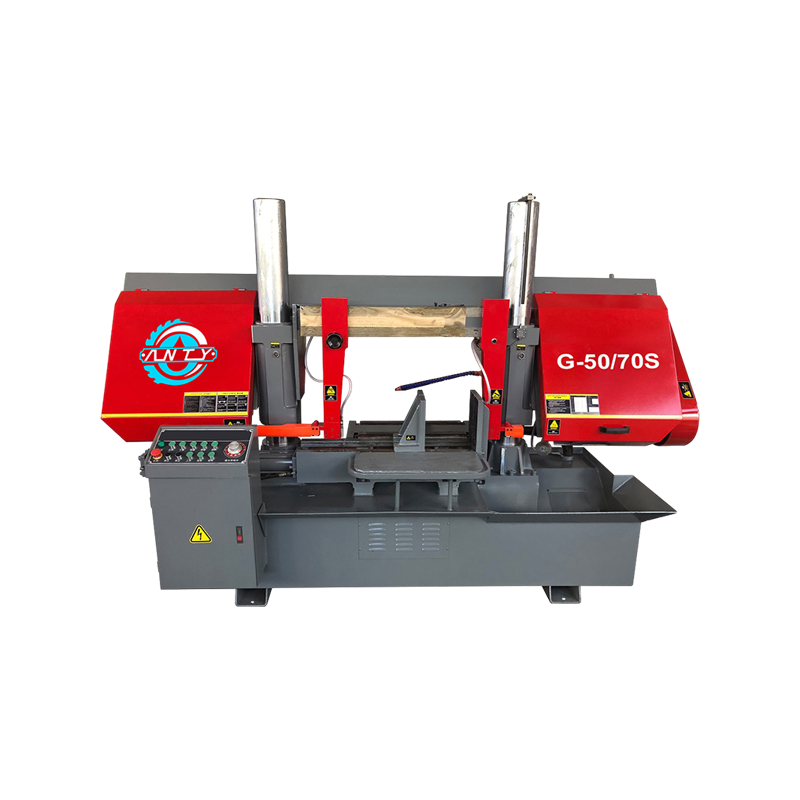
 CONTACT US
CONTACT US